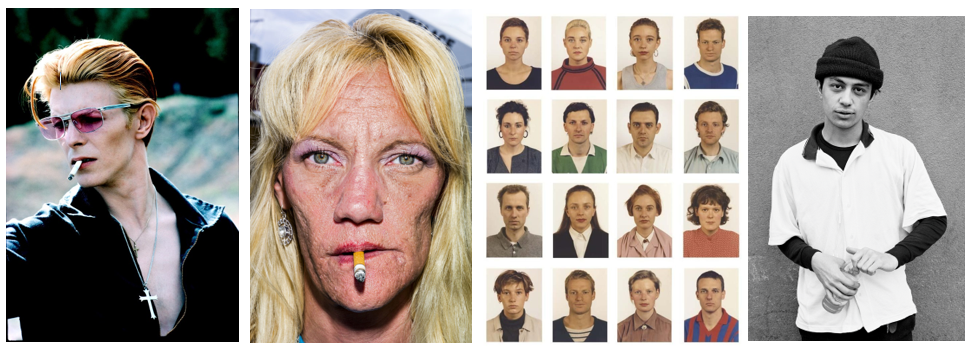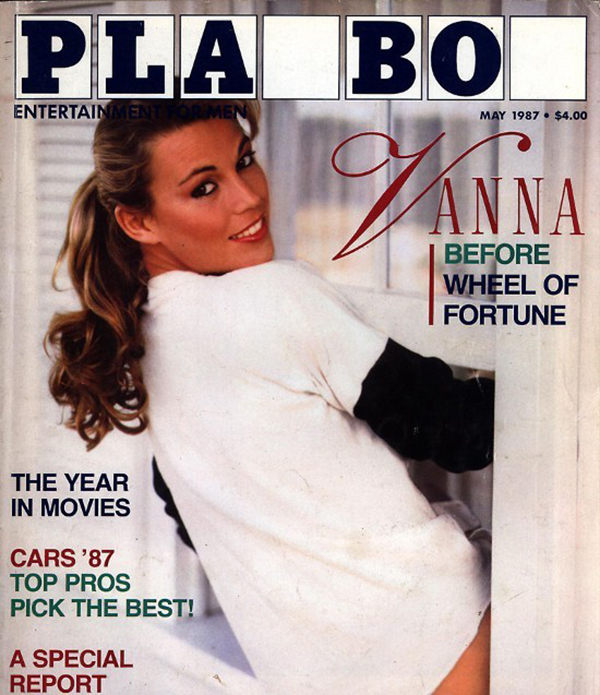
Portrait photography is a style of photography that portrays human subjects. Portrait photography has been around since Louis Daguerre invented the daguerreotype in 1839—the same year that Robert Cornelius aimed the camera at himself and took what is widely believed to be the first self portrait photograph ever, laying the groundwork for portrait photography to emerge as its own art form.
There are different types of portrait photography, for example the ones I have included above – headshots, passport photos, full or half body shots, etc. Although most portrait photos feature the subject making eye contact with the camera, others feature them looking away or even having their eyes closed.

Portraits and portraiture started out as paintings. Usually, these types of portraits were done to show power, status, and nobility and were typically reserved for the wealthy. However, once photography became popular in the late 1800s with the release of the very first Kodak cameras, portraiture became popular and was more available to the masses.
The daguerreotype was the first widely produced photograph, invented in France by Louis-Jacques-Mandé Daguerre in 1839. It is an image on a polished silver plate—each one a unique positive image. Daguerreotypes were produced for only twenty years before the process was replaced, and their fragility and short historical time use make them a precious record.
. Many early self-portraits fall into two general categories. In the first type, which had a long tradition in painted portraits and self-portraits, the subject poses with a camera or a set of photographs, showing him as a professional of his trade. As portrait photographers competed for customers, these images demonstrated the photographer’s ability to capture a flattering likeness with his technical skill and his eye for setting and pose. The other type of self-portrait seems to have been the photographer’s attempt to situate photography as a fine art, a novel idea during the era of early photography.
Henry Mullins

Henry Mullins started working at 230 Regent Street in London in the 1840s and moved to Jersey in July 1848, setting up a studio known as the Royal Saloon, at 7 Royal Square. His speciality was cartes de visite and the photographic archive of La Société contains a massive collection of these. Their online archive contains 9600 images, but the majority of these are sets of up to 16 photographs taken at a single sitting. In those times even 10s 6d was a a lot to pay to have your’ photograph taken, and included among his subjects are many of the island’s affluent and influential people.

The invention of the Polaroid made portrait photography more widely available to the public as it was an instant camera, and was small and easy to use. Polaroid as an American company started in 1937 when it was founded by Edwin H. Land and George W. Wheelwright III. It reached its popularity peak in the 1970s when it controlled almost two-thirds of the instant camera market in the United States. The invention of the polaroid made taking self portraits easier and more accessible as you could take a photo any time thanks to its instant camera.

Portraiture has always gravitated towards individuals in the public eye – for example in recent history, most portrait photos feature celebrities on newspapers or magazine covers.
Portrait photography is common on social media for example Instagram – through the help of social media photography is accessible by everyone. Social media is, by definition, a quick and fairly passive tool to reach people, sometimes by the thousands or millions. That massive reach has, unsurprisingly, dramatically changed the typical means of delivering photography to the public and, with it, the revenue streams that photographers count on to make a living.
Instead of sharing their work in galleries or via print publications, photographers now rely largely on social media advertising and promotion, as well as influencers who use their vast bases of followers to direct attention to their chosen sites. It is at once highly capitalised and very freeing to the artists.






